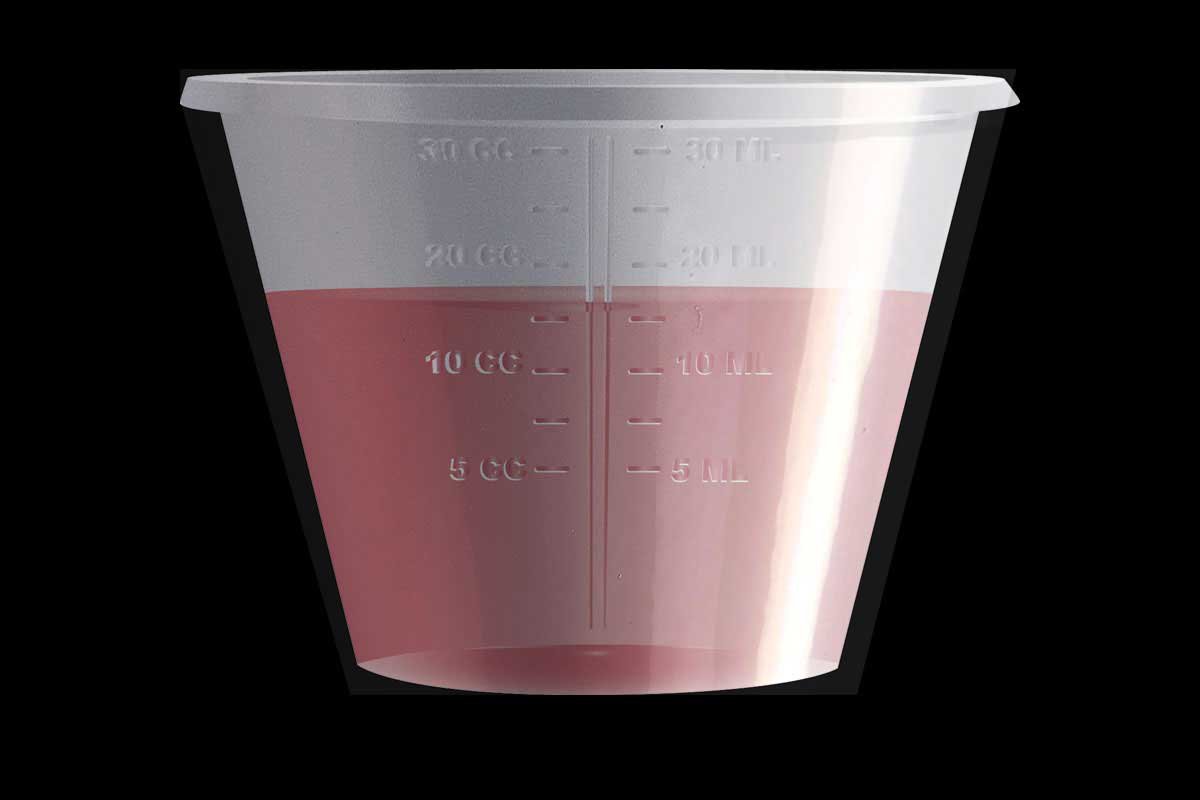Medications used in opioid pharmacotherapy
Methadone and buprenorphine are the two main medications used to treat opioid dependence.
According to research and clinical experience, methadone and buprenorphine are safe and effective in the treatment of opioid dependence.8 Both are listed as World Health Organization essential medicines.9
Whether somebody will begin their pharmacotherapy treatment on methadone or buprenorphine is a joint decision made by themselves and their prescribing doctor.
A third medication that can be used is Naltrexone, which blocks the effects of opioids completely – rather than acting as a substitute. It can only be prescribed to prevent relapse for someone who has become free of opioids.
Naltrexone is a less common treatment option, as remaining opioid-free can be difficult for people who have experienced long-term use.10 It is a medication that is more commonly prescribed to treat alcohol dependence.
Due to its infrequent use as an opioid treatment option in Australia, this mini bulletin does not include a discussion of naltrexone.

Methadone is the oldest treatment approach for opioid pharmacotherapy.
It is a full agonist opioid, which means that higher doses will provide stronger effects. Like any other opioid medication, it can cause overdose if more than the prescribed dose is taken. This is more likely if the person has a low opioid tolerance, or if it is taken with other drugs.10
Methadone is available in liquid form to reduce the potential for diversion (‘extra-medical’ use). Two preparations are registered for the treatment of opioid dependence in Australia – Methadone Syrup and Biodone Forte.11
Generally, there are two types of methadone programs that people might engage with:
- Withdrawal (short-term detoxification programs)
Runs for approximately 5-14 days and is usually carried out in a residential withdrawal (detox) unit or home-based withdrawal. Aims to ease the discomfort of stopping the use of opioids. - Maintenance (long-term programs)
Can last for months or several years. Aims to reduce the harms associated with opioid use and improve a person’s quality of life.12
In long-term methadone programs, the person attends a daily dosing point at a private or public clinic, or a community pharmacy. The pharmacist will dilute the methadone liquid in some water, and then the person will take their dose under the supervision of the pharmacist.
The person is charged a dispensing fee.
It is possible for some people to obtain takeaway or unsupervised doses of methadone if considered appropriate and beneficial following assessment with the prescribing doctor. This will be based on factors such as:
- whether they have a safe place to store the medication at home
- whether there is any risk of the medication being diverted
- following a period of pharmacotherapy to determine a stable and suitable dose for treatment.10
A person’s prescribing doctor or nurse practitioner can be contacted to discuss approval for takeaway doses.10
Buprenorphine is a newer pharmacotherapy treatment and acts as a partial agonist. This means it still produces opioid effects but it is not as strong as a full agonist like methadone.
Buprenorphine has a ceiling effect, where its effects reach a maximum level and cannot be increased further even if more doses are taken.10 Many people who start on methadone treatment may transition to buprenorphine at some point (and sometimes vice versa).
The first two formulations of buprenorphine in Australia are sublingual (taken under the tongue), and include:
- Suboxone Sublingual Film® – a combination of buprenorphine and naloxone (also known as Narcan®) on a film strip that is dissolved under the tongue or inside the cheek. This is the most widely used form.13
- Subutex Sublingual Tablets® – tablets contain buprenorphine only and must be dissolved under the tongue.14
Like methadone, the person undergoing treatment is required to attend a daily dosing clinic to receive their medication and is charged a dispensing fee. Again, takeaway doses will depend on:
- whether they have a safe place to store the medication
- whether there is any risk of the medication being diverted10
- following a period of pharmacotherapy to determine a stable and suitable dose for treatment.
In 2019, two forms of Long-Acting Injectable Buprenorphine (Buvidal® and Sublocade®) were also made available in Australia. Restrictions were further eased in 2020 to allow prescribers who do not work at specialist AOD clinics to also prescribe.
LAIB is provided as weekly or monthly injections under the skin, which slowly release the buprenorphine into the body. This keeps the person stable for an extended period of time.4
This new form of buprenorphine overcomes some of the challenges people experience from the daily dosing requirements associated with methadone or sublingual buprenorphine.
These challenges include:
- inability of client to attend daily dosing schedules due to location or lifestyle burdens
- the stigma patients experience attending clinics or pharmacies daily
- the costs associated with daily dispensing fees
- potential diversion and inappropriate use of the medication
- accidental exposure of takeaway doses to others (e.g. young children in the house).15
With LAIB treatment, the person only needs to present at their dosing point weekly or monthly for their injection, and no takeaway doses are required. This helps to reduce the potential limitations listed above. Although LAIB is relatively new in Australia, there is a growing body of evidence to show it is a safe and effective treatment for opioid dependence.15, 16